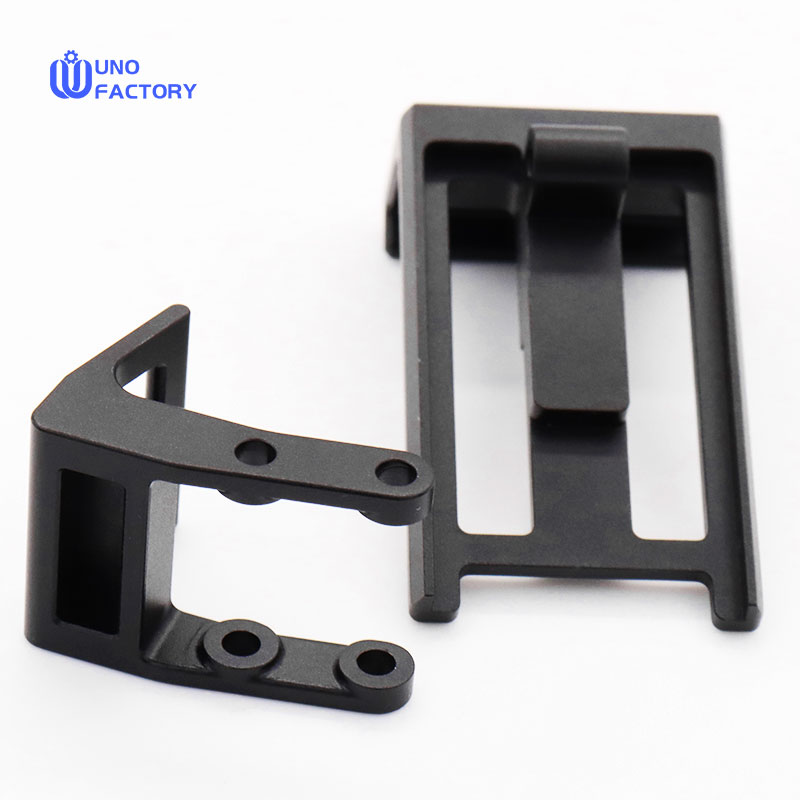Time to read: 6 min

Understanding Medium Carbon Steel Microstructure
Medium carbon steel is an alloy of iron with a carbon content ranging from 0.30% to 0.60% and manganese between 0.60% and 1.65%. This composition places it between high-carbon and low-carbon steels, offering a balance of strength, ductility, and hardness. The microstructure of medium carbon steel is influenced by its carbon content and the presence of other alloying elements.
Formation of Medium Carbon Steel Microstructure
The microstructure of medium carbon steel is formed during the steelmaking process. Iron ores are mined and processed in a blast furnace to separate iron from oxygen. The resulting iron is then alloyed with carbon and other elements to achieve the desired medium carbon content. The alloy is refined and shaped into various forms, such as bars, sheets, and wires.
Types of Medium Carbon Steel
Medium carbon steel encompasses a range of alloys with varying carbon contents:
- 4140 Steel: A chromium-molybdenum alloy with excellent weldability and high-wear resistance, suitable for hydraulic cylinders, shafts, and other heavy machinery parts.
- 1060 Steel: With a carbon content around 0.60%, it is ideal for hard blades and knives for machinery and tools.
- 1045 Steel: Contains 0.45% carbon and is easily weldable and workable, making it a good choice for sprockets, gears, axles, and shafts.
Properties of Medium Carbon Steel
The properties of medium carbon steel are influenced by its microstructure:
- Heat-treatable: Medium carbon steel can be heat-treated to increase hardness and strength.
- Weldability: With a melting point of 1,500°C, medium carbon steel is suitable for welding applications.
- Machinability: The steel is easily machined, allowing for the creation of complex parts.
- Durability: It offers wear resistance and the ability to handle heavy loads.
Applications of Medium Carbon Steel
Medium carbon steel is used in various applications where parts and components need to withstand heavy loads and wear:
- Railway tracks
- Train wheels
- Couplings
- Forgings
- Crankshafts for engines
- Machinery parts
- Automotive panels
- Springs
- Cables
- Gears
Advantages and Disadvantages
Advantages:
- Heat-treatable to enhance hardness and strength.
- Weldable for various construction and repair applications.
- Machinable for complex part fabrication.
- Durable for heavy-duty use.
Disadvantages:
- Brittleness at high temperatures if not properly heat-treated.
- Prone to rust, requiring protective coatings to prevent corrosion.
- More expensive than low-carbon steels due to alloying elements.
Medium Carbon Steel vs. High or Low-Carbon Steel
Medium carbon steel sits between high-carbon and low-carbon steels, offering a balance of strength and ductility. High-carbon steel is stronger but more brittle, while low-carbon steel is more ductile and cheaper but less strong.
Medium Carbon Steel vs. Stainless Steel
Stainless steel, which includes medium and low-carbon steels, offers improved rust and corrosion resistance. However, medium carbon steel provides a balance of properties suitable for applications requiring strength and durability.
How UnoFactory Can Help
At UnoFactory, we offer a wide range of manufacturing capabilities, including custom machined, sheet cut, and bent parts in medium carbon steel. Our expertise in working with medium carbon steel microstructure ensures that your parts meet the highest standards of quality and performance. For more information on how UnoFactory can assist with your medium carbon steel requirements, contact us today.
Disclaimer
The content provided is for informational purposes only. UnoFactory makes no representation or warranty, expressed or implied, regarding the accuracy, completeness, or validity of the information. Performance parameters, geometric tolerances, specific design features, quality, and types of materials, or processes should not be inferred to represent what will be delivered by third-party suppliers or manufacturers through UnoFactory’s network. Buyers are responsible for defining the specific requirements for their parts. Please refer to our terms and conditions for more information.




